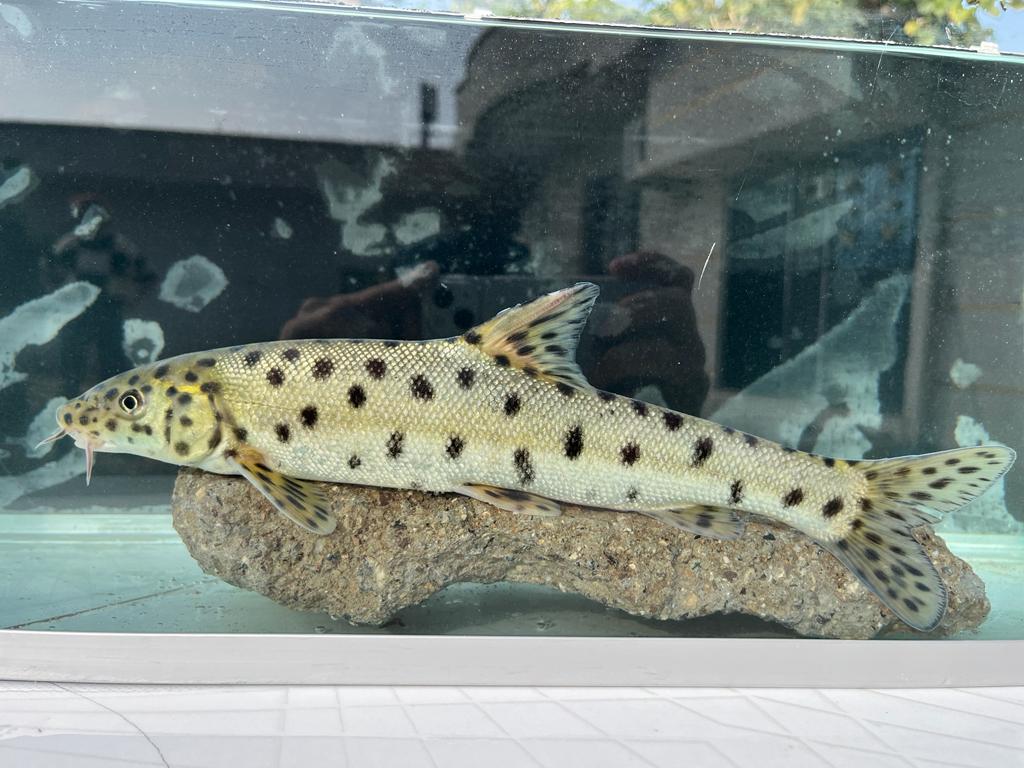Catching up with Local Action Partner C3 Philippines
Our local action partner C3 Philippines have just wrapped up the first stage of their project at Lake Manguao – let’s check in with what they’ve been up to (and what’s next)!
A little backstory
C3 Philippines is a grassroots, community-centred organisation who work in close collaboration with the local community to deliver effective, sustainable and impactful conservation to areas of critical biological importance.
C3 Philippines’ latest project takes them to Palawan in the municipality of Taytay, identified as one of the Key Biodiversity Areas for its global significance on biodiversity conservation.
Lake Manguao, known locally as Lake Danao, was formed when a volcanic eruption obstructed an ancient river valley and is now considered as one of the most biologically important lakes in the Philippines.
Pristine landscape surround the lake’s 600-hectare catchment area, home to a diverse range of wildlife including three lake-endemic freshwater fishes (Barbodes manguaonensis, Barbodes bantolanensis, and Bostrychus expatria), as well as an additional four fish species that are endemic to northern Palawan and its satellite islands.
The valuable ecosystem services provided by Lake Manguao include:
- Fishing – the lake is an important fishing site for the local community, which depends on the fisheries for their livelihoods
- Resources – wild plant species are utilized for food, traditional medicine, timber and fuel
- Migratory waterbirds – during migration periods, groups of herons and egrets come together at Lake Manguao to feed, rest, and occasionally breed
- Air quality – extensive forest coverage filters out pollutants and plays a part in climate regulation by storing and sequestering greenhouse gases
- Tourism – the local government of Taytay is developing the lake as a tourist destination, in the hopes of fostering a sustainable agri-ecotourism industry in the region

What’s Happening at Lake Manguao?
In recent years, both the lake and its surrounding habitats have come under threat due to human activities and other environmental pressures. Threats include:
- Unsustainable agriculture and other harmful activities, including illegal logging and *kaingin* (slash and burn farming) – this disrupts natural habitats, degrades water quality and threatens native biodiversity
- Limited understanding of the importance of the lake’s biodiversity – this leads to low community participation in conservation and management efforts
- Lack of an enabling environment to strengthen management strategies and secure conservation policies
Thus the initiative “Strengthening Management Strategies and Community Awareness on Threatened Freshwater Fishes in Lake Manguao, Palawan” was launched, with the goal to combat these challenges.
The aims of the initiative are:
- Identify and map out the anthropogenic threats of the lake habitat and involve communities in developing appropriate management strategies for forest protection, agriculture and other land uses
- Develop education and outreach program for the surrounding communities of the Lake Manguao including the youth, indigenous peoples and women to promote lake endemic fish conservation and habitat protection
- Strengthen enabling policy support for the conservation of the globally threaten Lake Manguao endemic fishes

What’s Happening at Lake Manguao?
Over the last year C3 Philippines have carried out extensive surveys and interviews to build a clearer picture of the situation at Lake Manguao, a social monitoring survey, fisher landing surveys, and the collection and sampling of three (3) lake-endemic target fish species.
The team observed the distribution of the three (3) lake-endemic target fish species – Barbodes manguaonensis, Barbodes bantolanensis, and Bostrychus expatria – across eight (8) sampling stations. After three (3) months of fish landing survey, 263 individuals of Barbodes manguaonensis, 113 individuals of Barbodes bantolanensis, and 93 individuals of Bostrychus expatria were recorded.
The team also engaged 30 local families in interviews about fishing and farming practices, perceived resource conditions and threats, and their awareness of the three (3) lake-endemic target fish species.
“We are rediscovering the beauty and importance of Lake Manguao not only to Taytay municipality but also for the province of Palawan. The endemic fish that can only be seen in the lake and not anywhere else in the world, as well as other important biodiversity of the area, are a source of pride for the people of Taytay and Palawan.”
Reynante Ramilo, C3 Philippines

What’s next for C3 Philippines and Lake Manguao?
C3 Philippines has a clear view of the road ahead for the Lake Manguao project. Their recommendations are to:
- Publish the data collected from the social monitoring survey, fisher landing surveys, and the collection and sampling of three endemic fish species.
- Develop and distribute content to engage local communities and stakeholders raising awareness and encouraging sustainable practices that support Lake Manguao’s biodiversity
- Provide local authorities and management bodies with enhanced insights to inform local regulations, and work in close collaboration to translate research findings into actionable policies that promote the effective, sustainable and impactful conservation of Lake Manguao
C3 Philippines will continue to work closely with the local government units of Taytay, PCSD and DENR together with the communities around the lake to protect its beauty and biodiversity for the future.

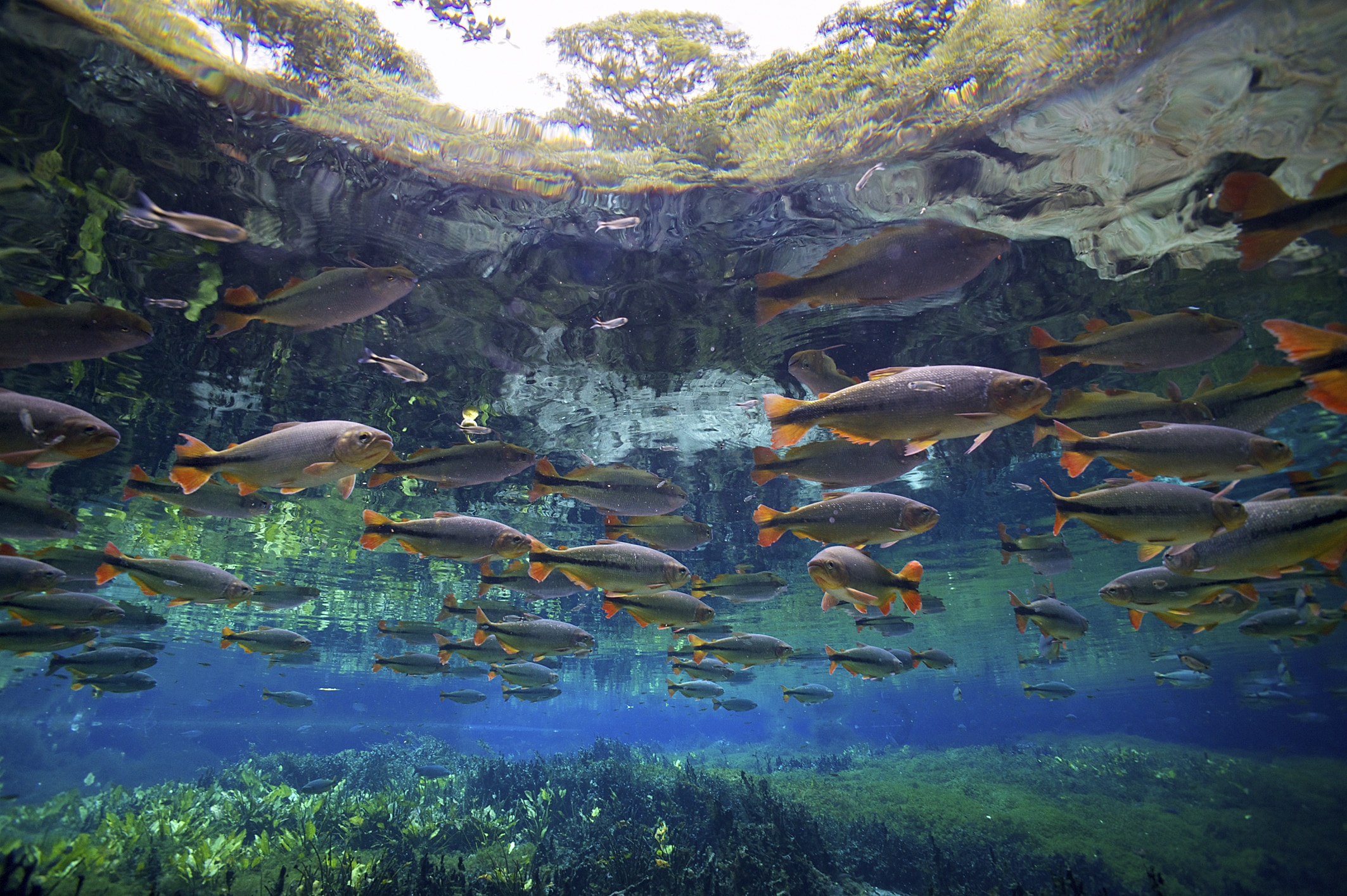
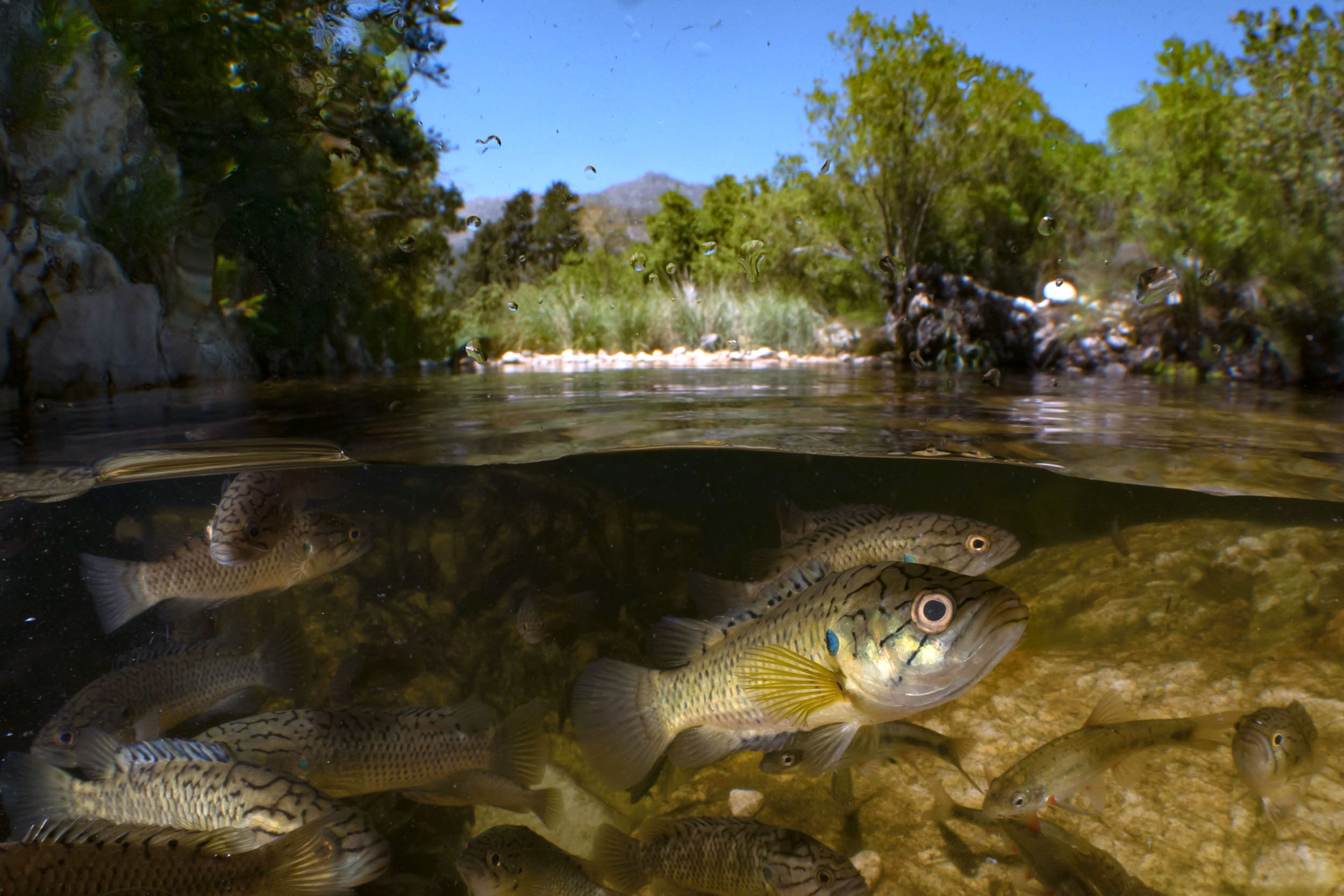
)
)
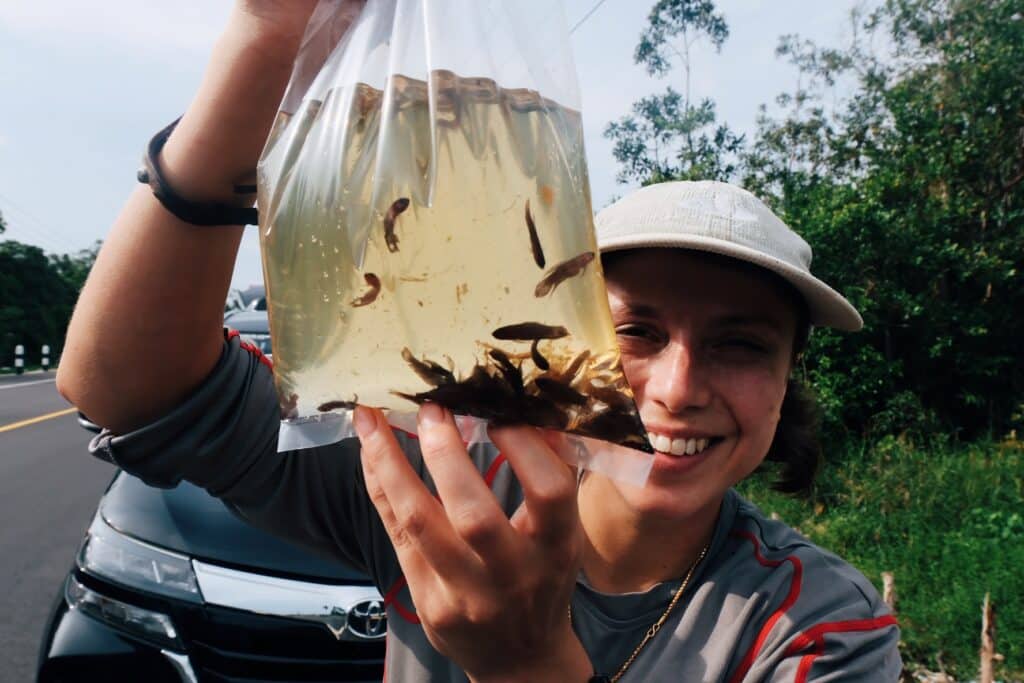)
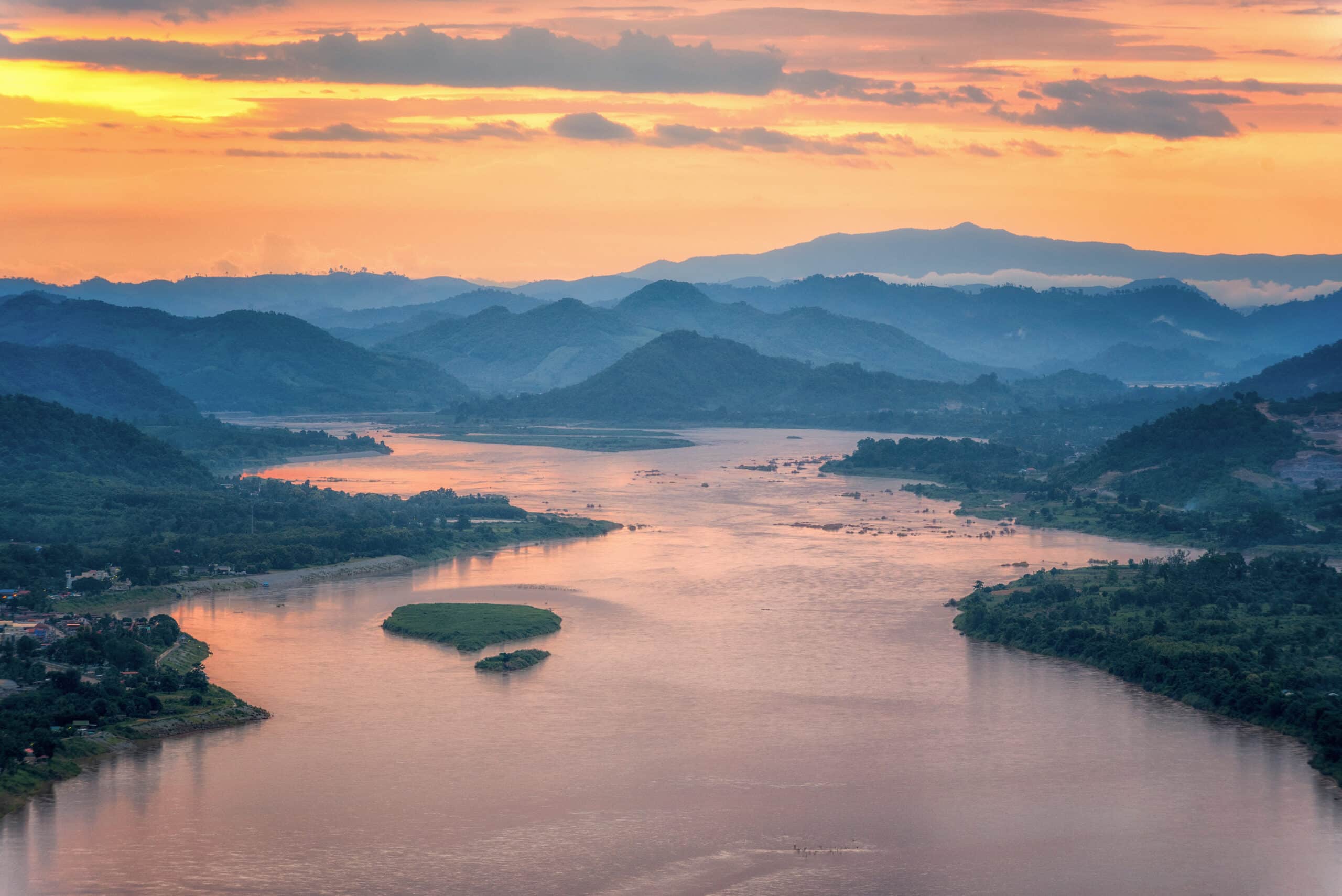
)
)
